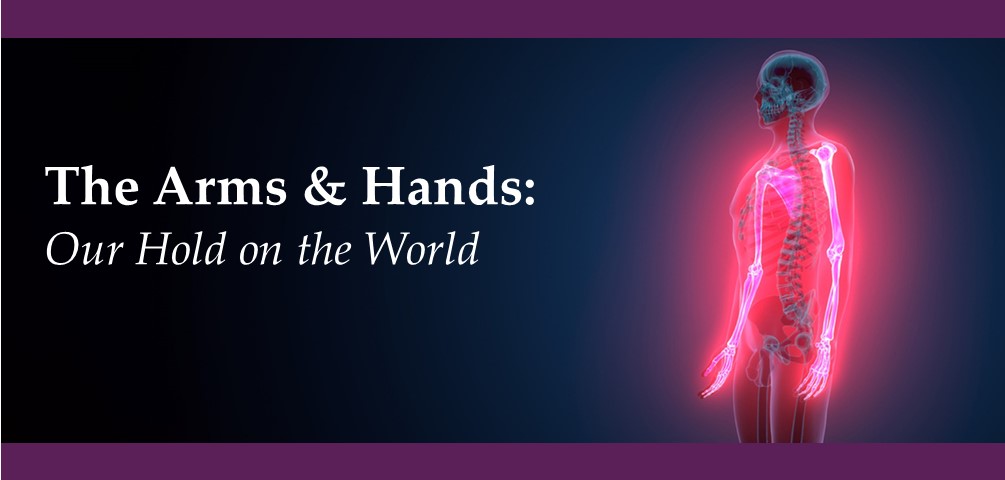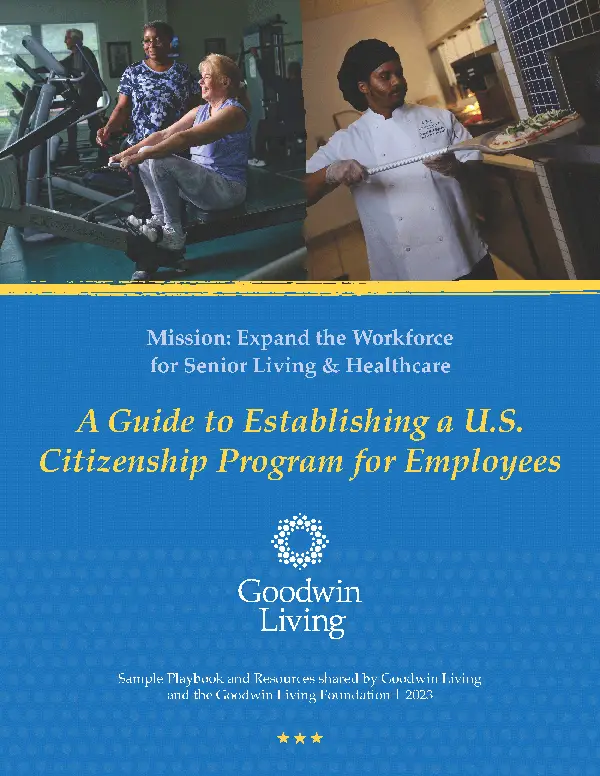
Live Comfortably - June 29, 2023
By Leslie LaPlace
On a journey that began at the end of 2020 with the feet and ankles, we have finally arrived at our final Anatomy Lesson. As we wound our way from the legs, the hips, the core, the back and all the way up to the shoulders and neck, we’ve left one critical area of the body to explore. We use this area to hug loved ones, carry heavy bags, hold our phones, write our to-do lists and do countless other tasks all day long. Taking care of this area ensures that we’re able to pick up our kids, type emails to our coworkers and cook meals for ourselves and our loved ones. Let’s look at the bones and muscles of the arms and hands.
If you remember from the last article on the shoulders and neck, the arm connects to the shoulder at the glenohumeral joint. There are only three bones in the arm itself. These bones are:
Your upper arm and forearm (the area between your elbow and your wrist) contain more than 20 muscles. These muscles help you with small movements of your hands as well as bigger movements involving your whole arm. Some of these muscles are located deep inside your arm while others are closer to the surface of your skin and visible when you flex the muscle.
There are four main muscle groups, two in the anterior (front) area of the arm and two in the posterior (back) area of the arm.
Anterior arm muscles tend to be the flexors, which pull your arms inward toward your center. The two muscle groups that make up the anterior arm muscles are the biceps brachii and the forearm flexors.
Posterior arm muscles perform the opposite function of anterior arm muscles: they pull your arms out and back. The two muscle groups that make up the posterior arm muscles are the triceps brachii and the forearm extensors.
The bones of the hand can be divided into three categories: carpal bones, metacarpals and phalanges. Each hand is made up of 19 bones.
Two groups of muscles act on the hand: extrinsic muscles and intrinsic muscles.
There are 34 such intrinsic muscles in the hand. These muscles are grouped into four categories:
Thank you for coming with me on this journey through the body. I hope you found it both interesting and helpful, and that you now have a greater appreciation of the interconnectedness of our bones and muscles. The body truly is an amazing piece of machinery and I’ve only touched on the major muscles and bones in our Anatomy Lessons.
I also hope you also found the accompanying videos useful in developing an appropriate exercise routine to strengthen and protect each area of your body. Like any machine, the body needs oil and exercise and stretching help to keep joints lubricated and muscles working efficiently. And as an added bonus, you will feel better and more energized. Just make sure you move within your comfort zone to avoid hurting any of the muscles or bones that enable us to function every day!
Stay well!
______________________
Leslie LaPlace, Fitness Manager at Goodwin House Alexandria, is a self described recovering Software Development Project Manager. Leslie parlayed a lifelong love of and belief in the restorative power of exercise into a satisfying career working with adults ages 55 and older. She believes that staying active can help reduce aches and pains—It’s also a great anti-aging remedy. She has more than eight years’ experience working with seniors at Arlington County, The Jefferson, Goodwin House Bailey’s Crossroads and Goodwin House Alexandria. Leslie is a certified personal trainer and aquatic instructor who loves creating a positive and fun training experience. She believes that it’s never too late to improve your strength and balance!
